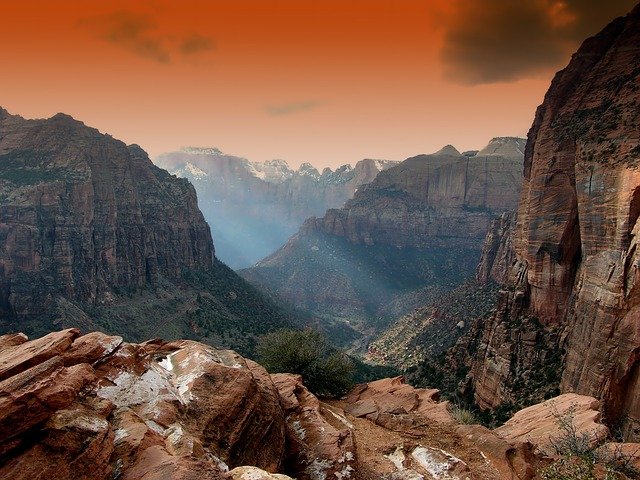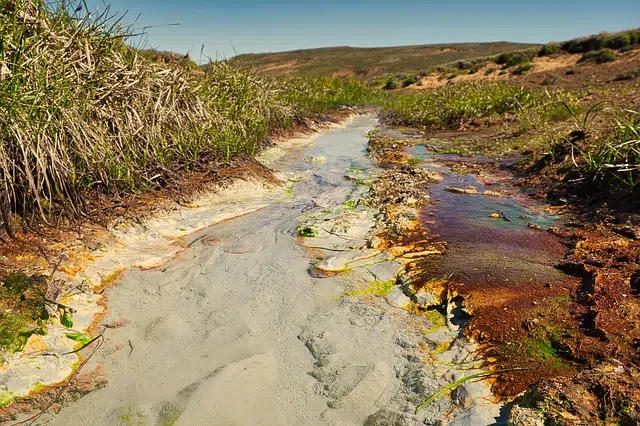
Without exogenous processes, the geography of our planet would not be so varied
A process , a term whose etymological origin is found in the Latin processus , is a set of cycles or stages of a certain operation or a natural phenomenon. Exogenous , on the other hand, is something that has an external origin.
On the surface of the planet
These ideas allow us to advance in the definition of exogenous processes , an expression used in the field of geology . This is the name given to the geological processes that occur on the surface of the planet .
Exogenous processes, therefore, are differentiated from endogenous processes , which are those that originate within the Earth's crust. It is important to keep in mind, however, that endogenous processes end up being modified by exogenous processes, since exogenous forces tend to eliminate or reduce the inequalities that endogenous forces cause on the surface.
The formation of valleys , deltas and caverns , for example, is a consequence of the action of exogenous processes. It must be considered that the geological processes that develop on the Earth's surface can be destructive or constructive.
Exogenous processes include sedimentation , material transport , erosion and weathering . These phenomena produce different types of modifications in the relief .
Weathering
Weathering involves the breakdown of rocks and minerals that are in contact with the biosphere, hydrosphere, and atmosphere, above or near the Earth. Broadly speaking, we can point out three types of weathering: chemical, physical and biological . Note that the latter does not appear in all sources, but the first two are the main ones.
Physical weathering causes the rock to disintegrate or break, although its chemical composition and minerals are not affected. Chemistry, on the other hand, reduces its cohesion and alters it; Some of the most common processes in this type of weathering are oxidation, dissolution, carbonation, hydration, hydrolysis , and laterization. Biological, finally, is also called organic and occurs when plants or animals break rocks due to their activities (advancement of roots, construction of nests, etc.).
Erosion
Erosion is generated by wind, water (whether liquid or solid) and temperature changes, and causes the wear of rocks and soil. It is one of the most important exogenous processes, since it contributes to the different reliefs of our planet and is the phenomenon responsible for the existence of canyons, gorges, mesas, valleys and caverns.
Material transportation
The materials that break down with erosion are transported to depressed lands, which is another exogenous process. These lands, which are also known as depressions , are areas that are located at a lower altitude than those that surround them; Both its origin and its size can vary from one to another. The means that nature uses in this case are wind, ice and rivers.

Sedimentation can occur in any water stream
Sedimentation
Sedimentation appears when the transported materials become sediments (accumulated solid elements). It can occur through the precipitation or deposition of materials that have arisen from the exogenous processes explained above.
In this framework we can highlight a type of sedimentation that occurs most frequently: the transport by water of solid rock remains to the bottom of a river, a canal, a reservoir or a flooded area of a plain. Sedimentation can be caused by any water current, although whether the materials precipitate or are deposited depends on the characteristics of the latter.
